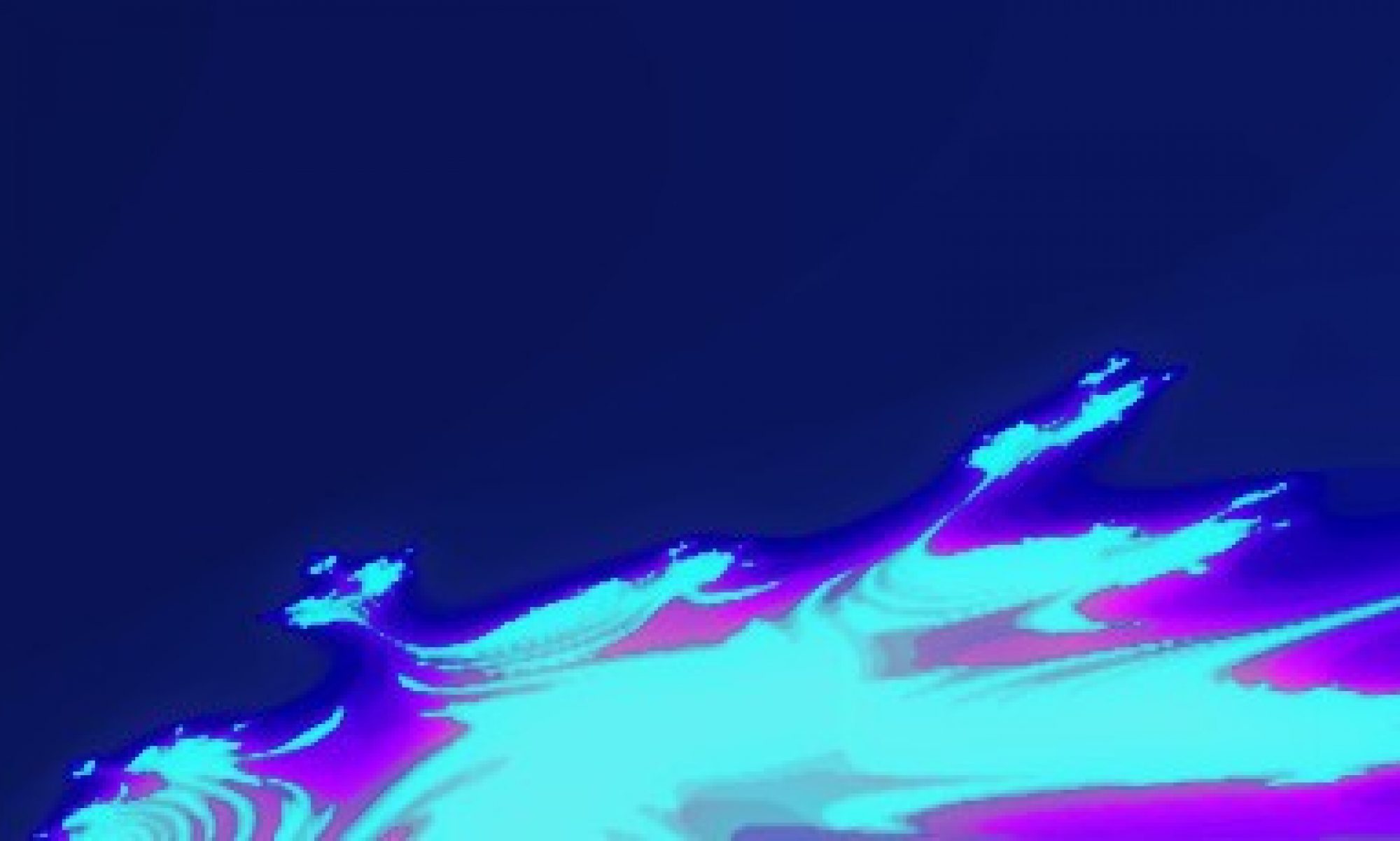It’s been a while since my Last Berlin School Experiment. The recording of Ambient Explorations 11 gave me some new ideas I want to explore deeper. This is one of those.
This Experiment was done in one take in which three tracks were recorded: the Monotribe, the Volca Sample being sequenced by the SQ-1, and a stereo track for the Streichfett. There were some awkward silences in the the last two tracks, so I copied them and delayed in time (by about one minute). Two volca tracks were then panned left and right and a Calf Pulsator was used as an auto-pan for enhancing the stereo field. As for the secondary Streichfett track, It is only heard on some points, with a strong delay… almost as a distant memory.
The Streichfett and the Monotribe (which has a MIDI mod) are controlled from my PCR-500 in split mode, and a sustain pedal is used on the Streichfett. The Korg SQ-1 is sequencing the Volca Keys and the synchronization between the SQ-1 and the LFO on the Monotribe was dialed in by ear (thus them going in and out of sync while the music progresses).
As always, the audio was recorded and mixed on Ardour, and the final video was assembled using kdenlive, on an Arch Linux box.
